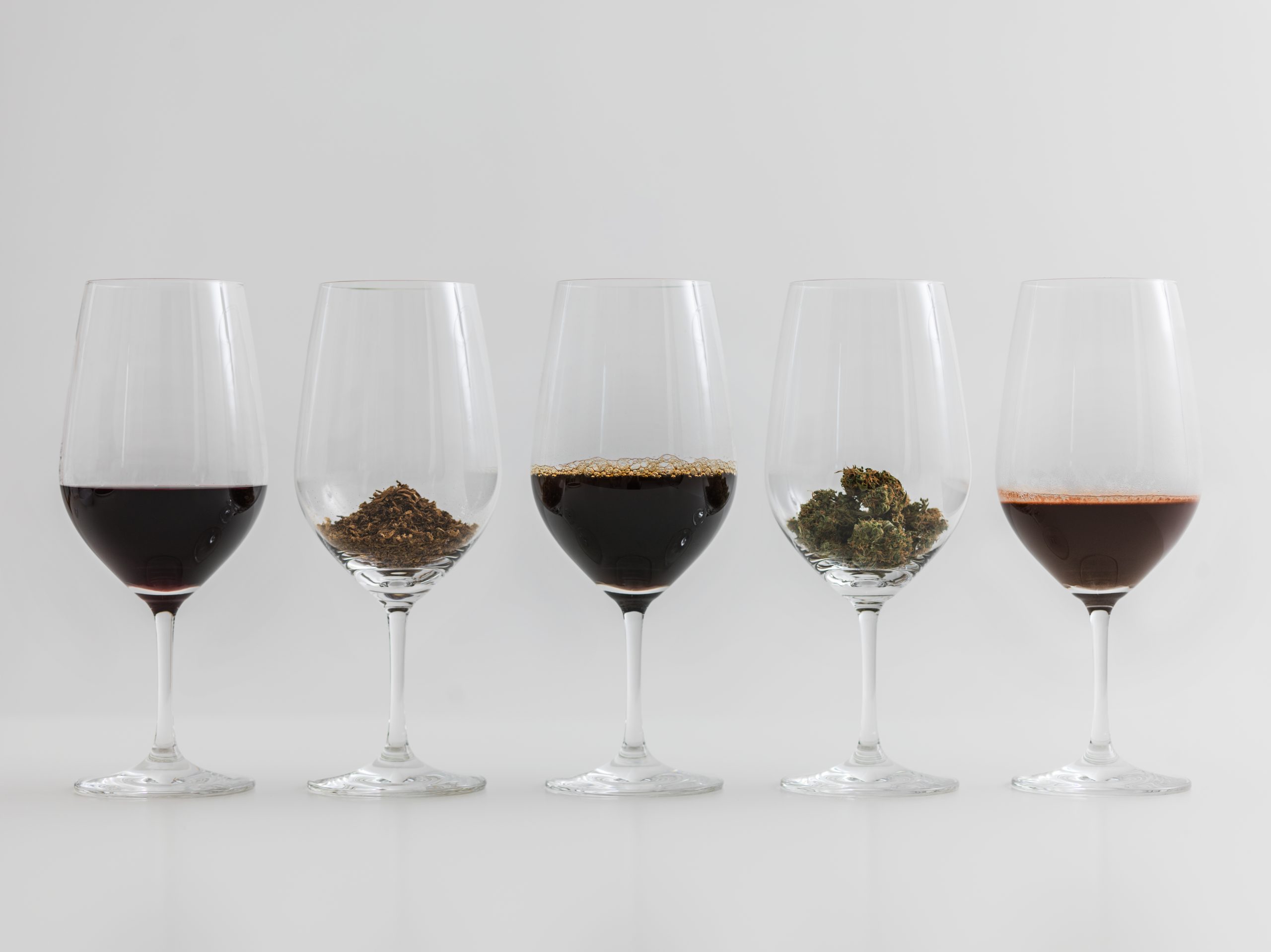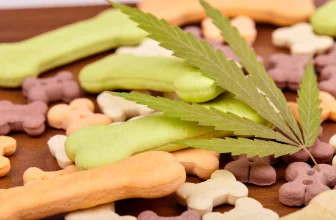
Weed-infused wine may seem like a revolution in a bottle. But, in fact, it’s old news.
Like, thousands-of-years-old news.
And like many things that have persisted for thousands of years — such as beer, satire, and Keith Richards — there’s a reason it’s still around. Below we examine the history of weed wine, how it’s made, who it appeals to, what it tastes like, and what’s on the horizon for it.
The History of Weed Wine
Who knows how long weed wine has been around? All we can say is that the early Egyptians and ancient Chinese drank it. As noted by Thrillist, weed wine was present in ancient China as an anesthetic. Doctors would combine marijuana resin and wine to give to patients, presumably to make them more agreeable to whatever medical horrors were in vogue at the time.
The combo has lasted to the modern-day, where a wave of legalizations is making it possible for greeno vino to make a resurgence. The key difference now is that weed wine is non-alcoholic — cannabis and alcohol are to remain strictly segregated according to the law.
No worries — following the popular movement of replacing alcohol with THC, weed wine is right on trend and offers a new take on libations that sets it apart from cocktails and beer.
How It’s Made
Weed wine looks indistinguishable from regular wine. The flavor, however, is different.
The wine itself is put through a dealcoholization process to remove any alcohol content before cannabis is added. Afterward, a CBD or THC emulsion is added and blended. This process is known as nanoemulsions. Since wine is polar and cannabinoids are nonpolar, the latter would naturally tend to separate and form an oily film on the top of the drink. The process of nanoemulsions forms such small “nano” droplets of THC or CBD that they behave like water-soluble substances.
Makers might then add different ingredients to tweak the flavor or viscosity so that it resembles familiar wines a bit more closely.
It’s worth noting that, just as Kraft singles can’t legally be labeled “cheese,” weed wine cannot legally be labeled “wine” when it comes time to market. You’ll find products labeled “Cannabis-Infused Rosé” and so on.
When the combination of dealcoholized wine and cannabis is ready to occur, makers generally must ship the products to a third-party company legally allowed to perform cannabis infusions.
Who Drinks Weed Wine?
One of the bottlenecks in weed wine manufacturing is the bottle itself. The playing field for cannabis-infused winemakers is loaded with landmines — one of which is restrictions on what type of container the wine can be in. It is well-known among cannasseurs that resealable, single-serve bottles are the most regulation-friendly packaging for cannabis drinks.
That being said, the restrictions aren’t muting affections for the green vin. For many buyers, the idea of a delicious, nonalcoholic wine that will let them step outside themselves without the hangover is a dream come true. People who don’t drink alcohol also find the idea appealing.
Wine tends to be seen as a higher-society indulgence. That means the concept of weed wine is innately more luxurious and, dare we say, classy than its more hedonistic counterparts in the beer and liquor worlds.
A major perk of weed wine is the quick onset of effects. Pour a glass for your dinner guests and they’ll begin to feel whatever voodoo the cannabis has in store for them within 20 minutes or so. It is likely to last around an hour. This is a significant improvement from previous versions of weed wine, which seemingly took an eternity to set in and delivered an all-consuming high that was hardly social. Now weed wine provides a high that’s comparable to a fun buzz.
What Does It Tastes Like?
Exciting as it may be, the proof is in the pudding. Wine drinkers and cannabis aficionados would abandon the venture in a heartbeat if it didn’t taste good.
Interestingly, home-brewed weed wines have been known for famously atrocious flavors, as if the wine were aged in a boot. Such wines, while they may have delivered a stellar high, cannot lead the way since they aren’t fun to drink.
Weed winemakers have truly risen above the fray in recent years, producing delicious products that offer delightful highs. By carefully crafting the composition of their wines to work with — instead of against — the cannabis infusions, they have been able to create whole new experiences for both wine and weed lovers.
The challenges are plenty. But within those challenges lies the opportunity for deep customization and unique experiences. For instinct, a certain type of dealcoholized wine may have a flavor that’s naturally earthy. By choosing a sativa with a certain terpene profile, the flavor can prove highly interesting and the high can promote euphoria and increased socializing. Certain terpenes derived from the wine can also interact in certain ways with THC to create a specific experience.
While weed wine cannot match the flavor of wine exactly (since so much of wine is in the alcohol), you can think of it as a compelling spin on an old favorite.
[ Read More: Top 4 Cannabis-Infused Drinks ]






